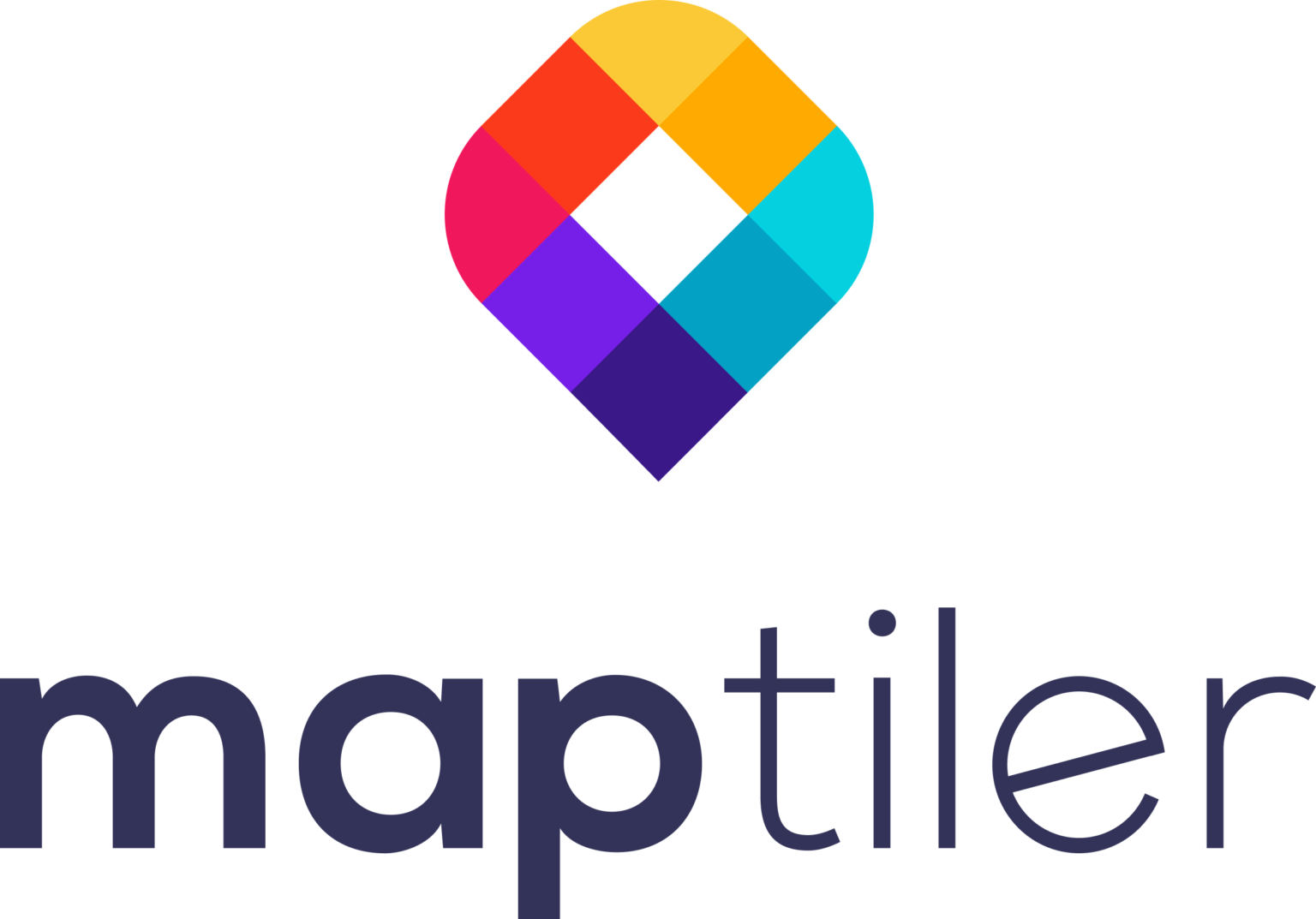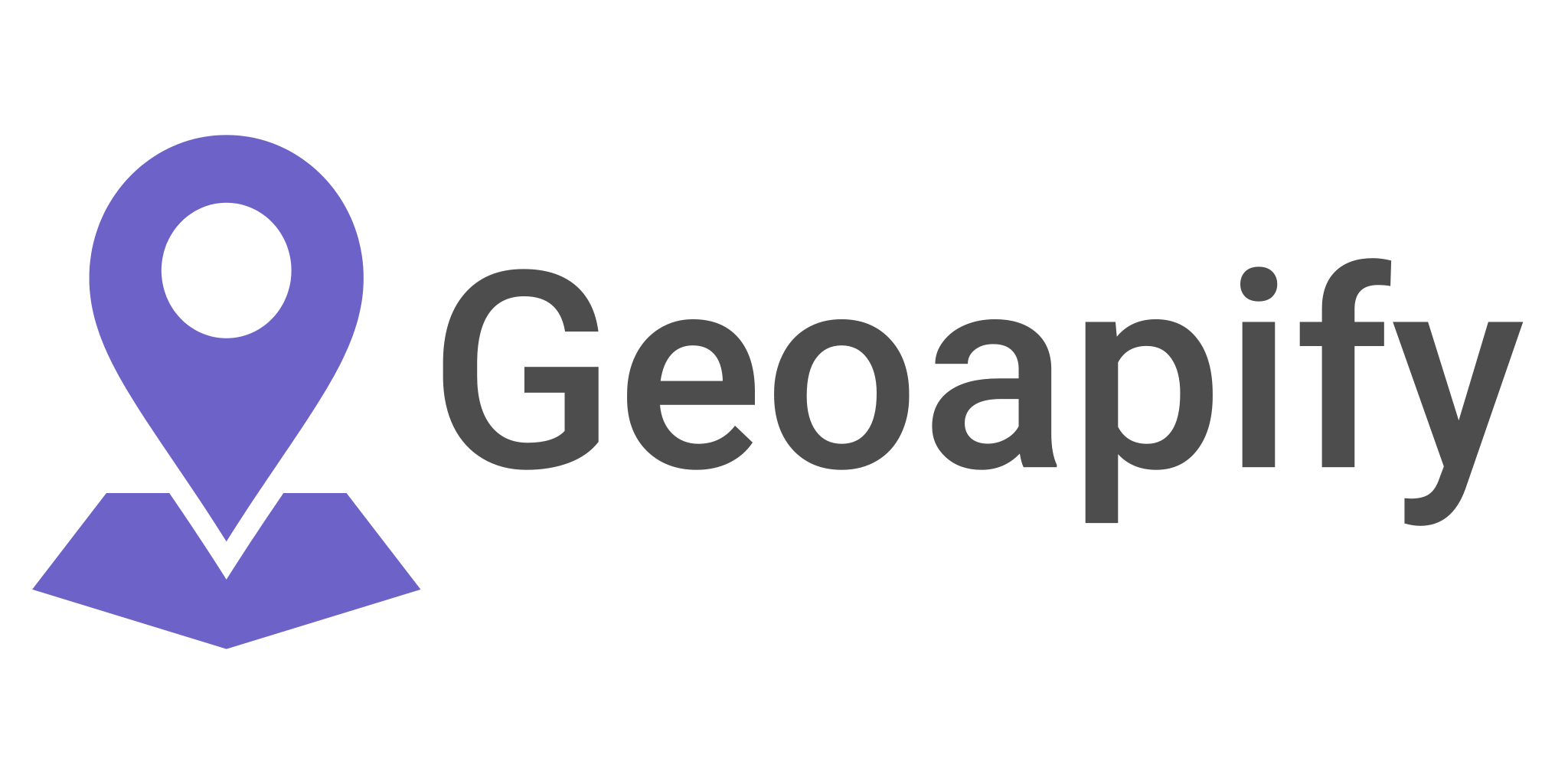Joining us today on the podcast is Gregor Willhauck, the Geospatial Cloud Strategist at Trimble, to talk about digital twins and how they integrate with geospatial. Gregor’s background and degree is in forestry, but he has spent most of his career in product management positions, working largely with satellite imagery, GNSS systems, and now, digital twins and modeling. Focused on the big picture, he is always looking for the best ways to use the cloud to further enable digital twins and geospatial tech.
What Are Digital Twins?
With the rise of commercial and recreational drones and LiDAR scanners, digital modeling has become much more commonplace in GIS and other industries. This has unlocked all kinds of cool and useful applications of models and point clouds for both everyday, and scientific uses. Standard digital models are awesome, but digital twins have entered the space in response to a unique set of needs and spatial questions.
So, what exactly is a digital twin, how is it different from a regular model? Well, a digital twin is a virtual representation and digital counterpart of a physical asset, which is updated in real time. The key defining element to a digital twin is this real time aspect. A standard 3D model is captured once, and represents a single frame in time, where digital twins are the result of regular scans, and fuel and end to end data pipeline.
Defining what qualifies as “real time” can be a bit tricky, and largely is going to rely on what you are monitoring with the scans.
An active construction site for example may need to be modeled several times daily, even hourly, to realistically capture a crew’s progress. A completed construction project, however, may only need to be scanned daily to monitor just enough change to understand when maintenance is needed.
Both of these qualify as “real time”, but one is a bit more real than the other.
Digital twins are data dense, and can require a hefty amount of resources to create and maintain. This is why they pair so well with the cloud. Cloud computing and storage allows these models to be created at a frequency that matches the source image collection, resulting in minimal lag between when the UAV is on site, and when the finished product is on screen. This adds legitimacy to the final product, and allows decisions based on these products to be made with a higher level of confidence.
How Are Digital Twins Made?
The most straightforward answer here is that a digital twin can be created with pretty much any of the sensors and vehicles already used for remote sensing. Again, the wheel is not being reinvented here, it just has more RPMs.
Some of the most common data sources for fueling digital twins are drones, handheld scanners, and even robots.
These vehicles will generally carry cameras, or LiDAR scanners, and perform a flight plan for mapping, just as if they were creating a one time model.
The resulting images may be directly streamed to the cloud, where they will undergo processing before being uploaded to whatever end application is needed for the workflow.
Robots are exciting here because they can allow the entire digital twin workflow to be automated. After an initial human-led flight to build a map of the area, which is used to plot the robot’s course, the robot can then be scheduled to complete, and upload the collection to its overlords around the clock.
Photogrammetry is the primary tool for processing that creates these models.
Photogrammetry is when software identifies “tie points”, or common points between two or more images, used to “stitch” the images together into a continuous product.
Some clever geometry related to changes in where the sensor is in space, and the Pythagorean theorem, allow 3D reconstructions, and highly accurate remote measurements.
Digital twins can be supported by GNSS/GPS devices as well, especially to track movement within the context of the larger environment. GNSS devices are the easiest platform to monitor and mimic in “real time” because the data is produced quickly, and is easy to collect and transfer. Different data sources will have different levels of latency, and a digital twin can be composed of multiple data sources.
Uses and the Future of Digital Twins
Digital twins are a very cool, futuristic technology, but with all the required investment, what can be expected in return, and is it worth it? When it comes down to it, digital twins are a logistics tool. They allow an unprecedented level of monitoring, and enable highly valuable insights through visualization, and analysis of the vast data they are capable of producing.
A real-time geospatial data model itself is not the product, the information it contains is.
End users want to be able to extract features, like structural damage, or measure change, like on an active construction site.
Being able to do this remotely results in some financial and time savings associated with traveling, and allows stakeholders to catch issues as they occur, rather than at the next scheduled manual inspection.
Another major use of digital twins is measuring traffic or “flow” throughout an area. For example, if a digital twin is built of an office complex, then internet of things (IoT) devices like smart elevators, or even sliding doors, can paint a picture of congestion, or inactivity in certain areas at various times. Similarly, this technology can be used for fleet management to track where and when various vehicles are moving through space.
Digital twins of course serve as an excellent visualization tool. They are eye-catching and engaging, and can be accessed from nearly anywhere.
Virtual reality and mixed reality views can fully immerse a user in the space, opening up the option for interactive engagement, making markups, and viewing alternative setups or configurations in real time.
All of these activities ultimately serve to help promote collaboration and efficiency in an organization. Everyone is able to access the same information as someone on site, which we may see continue to grow in importance with the advent of work from home. As computing, storage, and UAV resources become more affordable and accessible, we will likely see new unprecedented uses for digital twins continue to emerge in both real, and digital life.
The Spatial internet of things – Sensor Up
Big Query
The Planetary Computer
Augmented Reality







